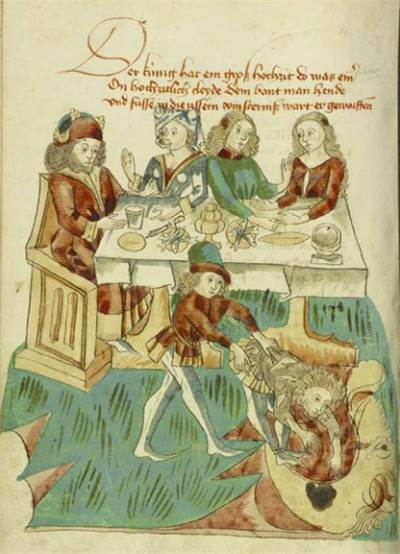
 Phyllida Barlow: GIG. Hauser & Wirth Somerset Hauser & Wirth presents Phyllida Barlow’s ‘GIG’, the inaugural exhibition at Hauser & Wirth Somerset. From 15 July to 2 November 2014.]]>
Phyllida Barlow: GIG. Hauser & Wirth Somerset Hauser & Wirth presents Phyllida Barlow’s ‘GIG’, the inaugural exhibition at Hauser & Wirth Somerset. From 15 July to 2 November 2014.]]>
Source: Hauser & Wirth
Since the late 1960s, British artist Phyllida Barlow has focused on the physical experience of handling materials, which she transforms through layering, accumulation and juxtaposition. Barlow’s direct and practical processes of making utilise readily available materials such as cardboard, cement and plaster, polystyrene, timber and paint. Barlow’s sculptural practice is grounded in an anti-monumental tradition and is concerned with the relationship between objects and the space that surrounds them.
On first entering the gallery the viewer encounters a jubilant cacophony of brightly coloured fabric pompoms suspended from a timber structure that extends up into the rafters of the Threshing Barn. Moving through the pompoms past ‘untitled: pianoframeandcover’ into the adjoining Workshop gallery, the entrance appears to be blocked by a tightly bound mass of studio detritus fixed to a surface of painted plywood sheets. The room is so densely packed with precarious and unwieldy forms jostling for space that one of the sculptural objects has been forced outside, to be viewed from the gallery window.
Crossing the threshold into the Pigsty gallery, the doorway is occupied by a protruding polystyrene block beyond which lies ‘untitled: grinder’. Reminiscent of an outmoded mechanical object that has been immobilised, the brightly painted wooden cogs span diagonally across the space rising up and ducking under the roof’s timber beam.
Outdoors in the Piggery, ‘untitled: megaphone’ towers six metres high, rising above the roof line as if to announce the building’s new purpose. Nearby stacks of vibrantly painted chairs suggest an absent audience, one that has yet to arrive and a performance that has yet to begin.
Entering the main gallery, the viewer is confronted by a thicket of roughly painted raw timber lengths rooted to the floor in cement bases. Abutted tightly together these posts form a makeshift screen in the centre of the room encircling the space. Recalling Bruce Nauman’s ‘Smoke Rings’, the viewer is compelled to circumnavigate the work, edging along the perimeter of the space peering through the gaps into a space they may not enter. Overhead, three architectural elements mounted on opposing walls extend over the fenced perimeter and penetrate the empty volume that remains out of reach. By positioning the works in such a way Barlow challenges and dictates the experience of looking and moving in the space.
Related content
Phyllida Barlow at Hauser & Wirth London (exhibition, 2011)
Follow us on:


